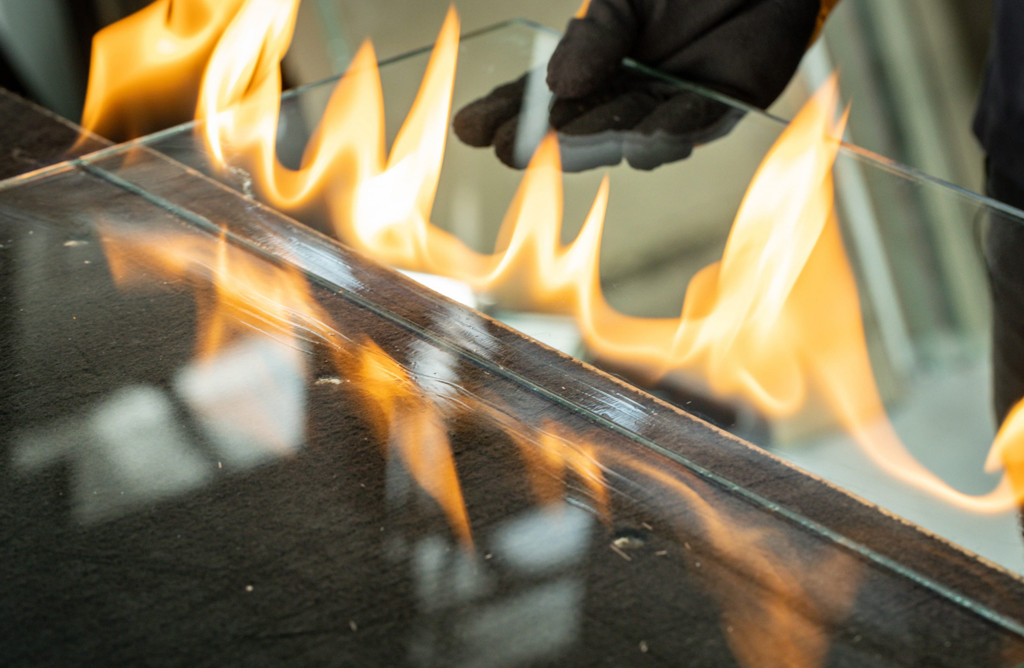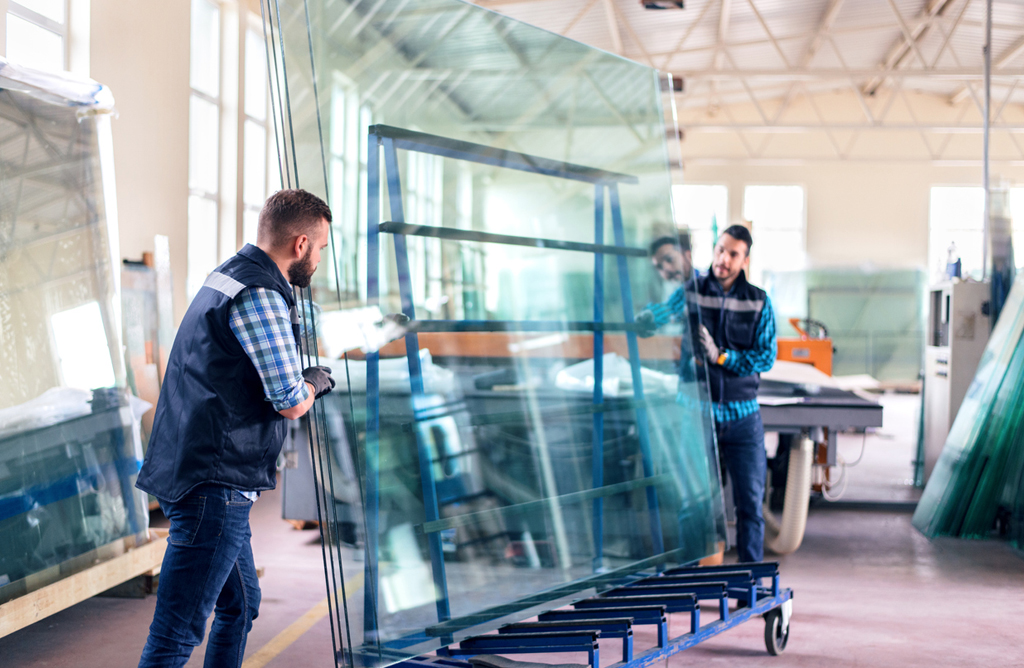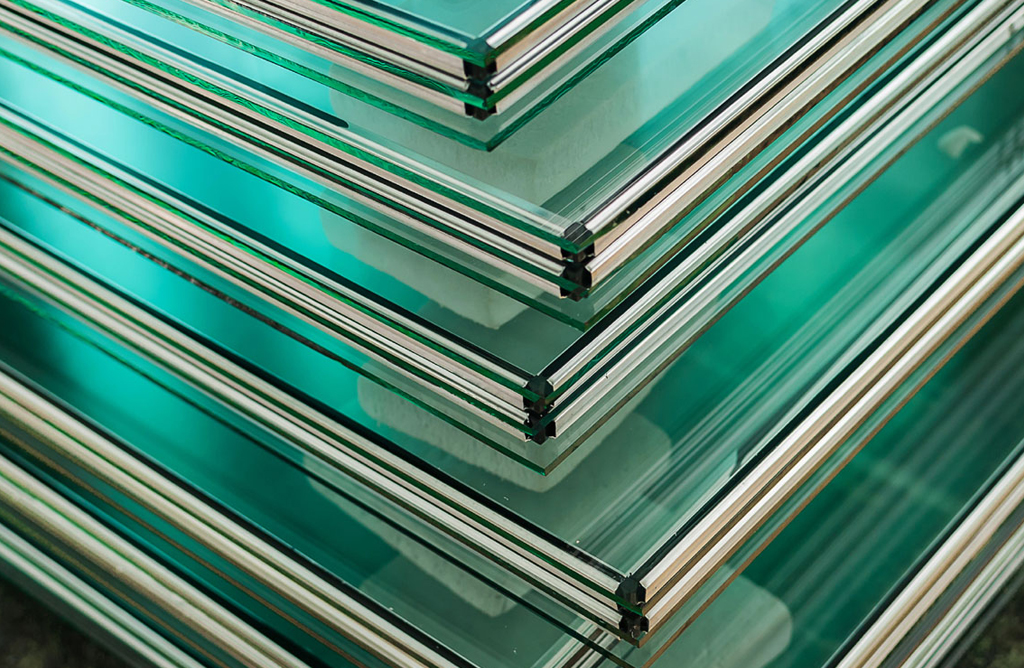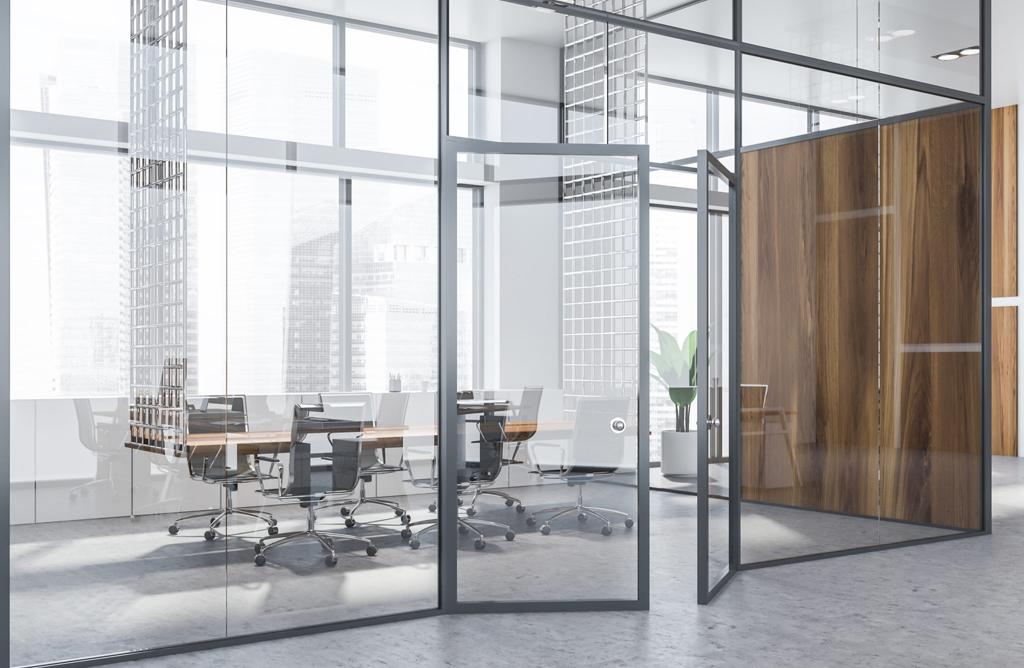In the realm of architecture and construction, safety is paramount. When it comes to designing buildings, especially those with high occupancy or specific fire safety requirements, choosing the right materials can make all the difference. Among these materials, fire-rated glass stands out as a critical component in safeguarding occupants and property in the event of a fire. However, not all fire-rated glass is created equal. Understanding the distinctions between fire protective and fire resistive glazing is essential for making informed decisions in building design and construction.
Fire Protective Glazing
Fire protective glazing, also known as fire-rated safety glass, is designed to withstand fire exposure for a specified period while maintaining its integrity. This type of glazing typically consists of multiple layers of glass with an interlayer that reacts to heat, preventing the passage of flames and smoke.
The primary function of fire protective glazing is to contain fire and smoke, providing crucial time for evacuation and firefighting efforts. It is commonly used in areas where fire resistance requirements are moderate, such as interior partitions, doors, and sidelights.
Fire Resistive Glazing
On the other hand, fire resistive glazing offers a higher level of fire protection compared to fire protective glazing. This type of glazing is constructed to withstand fire exposure for an extended period, maintaining its structural integrity and preventing the passage of flames and smoke even under intense heat conditions.
Fire resistive glazing is often used in applications where stricter fire safety regulations apply, such as stairwells, exit enclosures, and areas with large expanses of glass. It provides enhanced protection against fire spread, allowing more time for safe evacuation and minimizing property damage.

Uses of Fire-Rated Glass
Both fire protective and fire resistive glazing play crucial roles in ensuring building safety and compliance with fire codes and regulations. Some common applications include:
Interior Partitions
Separating different areas within a building while maintaining fire protection.
Doors and Windows
Providing safe egress routes and preventing fire spread between compartments.
Exterior Facades
Enhancing the fire resistance of building envelopes, especially in high-rise structures.

Stairwells and Exit Enclosures
Ensuring safe evacuation routes during emergencies.
By incorporating fire-rated glass into building design, architects and builders can create safer environments for occupants and minimize the risk of fire-related injuries and fatalities.
How to Choose Fire Rated Glass?
Selecting the right type of fire-rated glass depends on various factors, including building codes, occupancy types, and aesthetic preferences. Here are some key considerations:
Code Requirements
Consult local building codes and fire safety regulations to determine the minimum fire rating required for different building elements.
Occupancy and Use
Assess the building’s function, occupancy load, and fire risk to determine the appropriate level of fire protection needed.
Performance Criteria
Consider factors such as fire resistance, impact safety, and thermal insulation properties when selecting fire-rated glass products.
Aesthetic Preferences
Choose fire-rated glass products that complement the overall design and architectural style of the building while meeting safety requirements.

Manufacturer’s Reputation
Partner with reputable glass production companies known for delivering high-quality fire-rated glass products and reliable glass processing services.
By carefully evaluating these factors and working closely with glass processing experts, architects and builders can choose the best fire-rated glass solutions for their projects, ensuring both safety and design integrity.
Conclusion
In the realm of fire safety, the choice between fire protective and fire resistive glazing can have significant implications for building occupants and property protection. Understanding the differences between these two types of fire-rated glass is essential for making informed decisions in building design and construction.
Whether it’s providing moderate fire protection for interior partitions or enhancing fire resistance in critical areas like stairwells and exit enclosures, fire-rated glass plays a vital role in creating safer environments.
When selecting fire-rated glass products, it’s essential to consider factors such as code requirements, occupancy types, performance criteria, aesthetic preferences, and the reputation of glass production companies.
By prioritizing safety and working with trusted partners in the glass industry, architects and builders can ensure that their projects meet the highest standards of fire protection while maintaining design excellence.
For the best glass processing services in Visakhapatnam and reliable fire-rated glass products, visit www.gaaptuff.com, your trusted partner in building safety and innovation.

